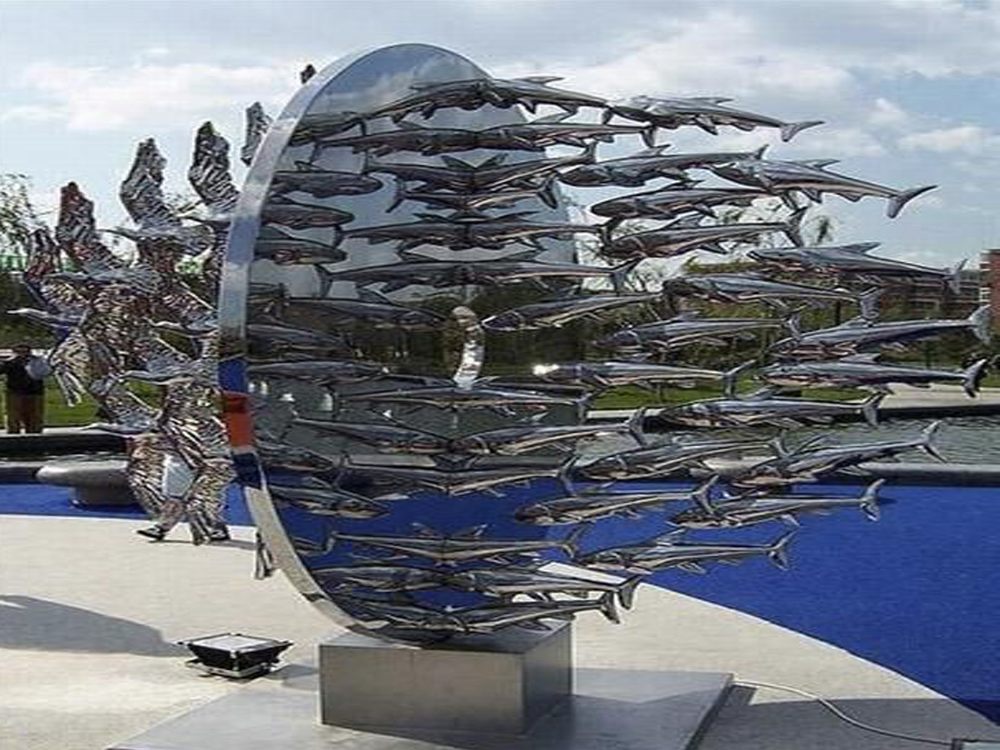
Relief stone sculptures captivate viewers with their illusion of depth, achieved through meticulous techniques honed over centuries. Artists employ three primary methods to create perspective in these works: graduated projection, overlapping layers, and strategic shading.
Graduated projection involves carving figures at varying depths—foreground elements protrude prominently while background details remain subtly recessed. This tiered approach mimics natural perspective, with some Renaissance masters achieving remarkable 3D effects through just 2-3 centimeters of depth variation.
Overlapping forms create spatial relationships, where partially obscured elements appear farther back. Sculptors carefully plan compositions so limbs, drapery, or architectural features overlap logically, enhancing the sense of space within the stone's limited depth.
Shading techniques transform flat surfaces into dimensional forms. By angling chisel strokes and varying surface textures, artists manipulate how light interacts with the stone. Deeper cuts create shadows that suggest volume, while polished areas appear to advance toward the viewer.
Contemporary sculptors often combine these traditional methods with modern tools. Pneumatic chisels allow for precise depth control, while 3D modeling helps visualize complex perspectives before carving begins. The finest relief sculptures balance technical precision with artistic intuition, making stationary stone appear alive with spatial depth.
Understanding these techniques reveals why some relief sculptures seem to breathe within their stone confines, demonstrating how artists conquer dimensional limitations through skillful manipulation of form and perception.

